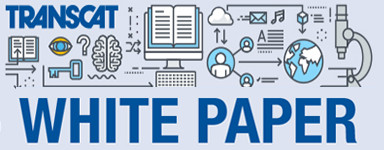Competence
Critical thinking skills are required to apply a scientific approach in determining all the uncertainties that can impact a calibration laboratory’s ability to assess your instrument. Education and experience are an important part of building the competence to perform Metrology work thoroughly and correctly.
Recalibration
Instrument values change over time for a variety of reasons; physical wear during normal usage, aging of electronic components, environmental factors, improper handling and/or storage, etc. Regular calibration of your instruments is required to keep it aligned (traceable) to the global network of measurements.
SI Units
There are seven base units in the SI system: temperature (Kelvin; K), time (second; s), length (metre; m), mass (kilogram; kg), luminous intensity (candela; cd), amount of substance (mole; mol), and electric current (ampere; A). All other units of measure are derived from these base units. There are also non-SI units that are still commonly used.
Uncertainty
Measurement uncertainty is a key part of passing the baton of traceability. It is one part of traceability that is often misunderstood or too easily dismissed. But, without it, your measurements have lost their link to the global network that has been established to keep you from taking unnecessary risks.
Documentation
The documentation can be viewed as “the baton”, upon which is recorded the essential information required to pass traceability on to the next step in the chain, and eventually to your products/services!
Measurement Assurance
The way you use your measuring instruments is a very important part of measurement assurance, it’s not just the calibration lab’s responsibility— you must apply the measurements properly too and understand how errors can creep into your measurements and find ways to keep them at a minimum or eliminate them altogether!
Keeping your instruments aligned to the global network of measurement via traceability is the only way you can minimize the risk associated with the instruments you use daily to make the call as to whether your product, or components of your product within the manufacturing process, are good or bad. If these instruments are not providing reliable values, you could be failing good product or passing bad product, either of which can have heavy costs associated with them. Understanding where these risks lie can only be determined by carrying the baton of traceability all the way through—up to and including your products.







